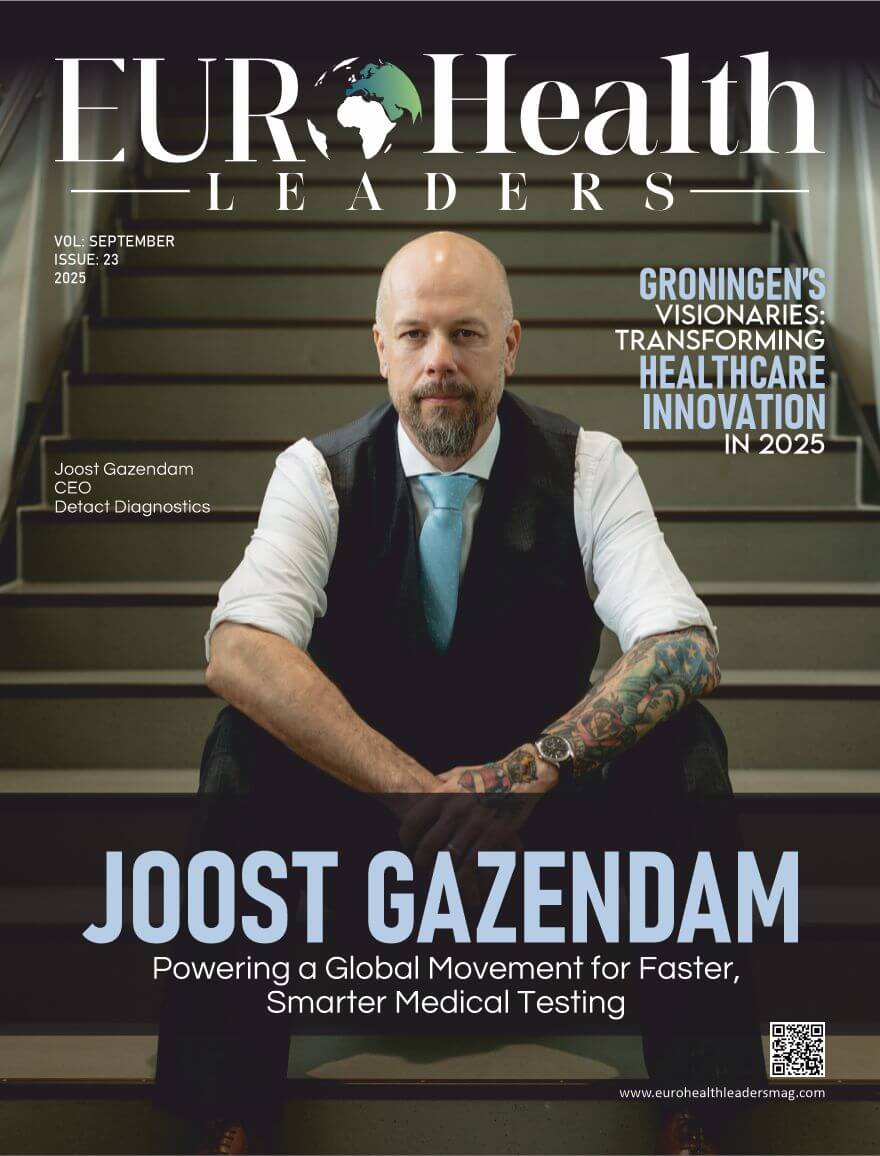Switzerland’s health system is often cited as a global benchmark for combining cutting-edge innovation with broad accessibility. With a population of about 8.7 million, this small alpine nation consistently ranks among the global leaders in healthcare rankings thanks to its unique blend of universal coverage, private sector efficiency, and technological advance.
This article discusses how Switzerland does this, delivering quality care without compromising on innovation, and what other nations may learn from its approach.
Universal Coverage with a Market-Driven Strategy
The core of Switzerland’s health system is its compulsory health insurance system, implemented in 1996 through the Federal Health Insurance Act (LAMal). All residents are required to buy basic health insurance from private insurers, with the state setting the minimum coverage package to guarantee adequate care. This universal coverage mandate guarantees access to basic medical services such as hospital stays, visits to a general practitioner, and prescription medication for all.
Premiums are region- and insurer-rated, but not based on personal health risks. To keep costs affordable, the government offers subsidies to low-income families, which cover up to 50% of premium expenses for roughly one-third of the population. This mix of public regulation and private competition is a delicate balance that keeps even vulnerable populations covered, while insurers are motivated to innovate in order to keep their prices competitive.
Investment in Medical Innovation
Switzerland is the global leader in healthcare innovation, and its pharmaceutical and medical technology sectors are very robust. It has the leaders of the industry like Novartis and Roche that invest a lot of their resources on research and development (R&D). The pharmaceutical industry in Switzerland alone invested over CHF 7 billion (approximately USD 7.5 billion) in R&D in the year 2023 and made substantial contributions to the development of personalized medicines, immunotherapies, and digital therapeutics.
Innovation is further encouraged by collaboration between the academic sector, industry, and the healthcare professionals. ETH Zurich and the University of Basel are working hand in hand with the hospitals and companies to develop technologies such as AI-based diagnostics and robotic surgery systems. A good example of such collaboration was the Swiss Personalized Health Network (SPHN) that was formed in 2017, which provides a national infrastructure to share health data to facilitate precision medicine in Switzerland. Within the integration of genomic and clinical data, SPHN has accelerated the development of individualized treatments, particularly of rare diseases and cancer.
Accessibility Via Infrastructure and Digitalization
The healthcare infrastructure of Switzerland ensures that innovation is brought into practice which is accessible easily. There are more than 280 hospitals and clinics available to the citizens of the nation, making the country one of the densely concentrated countries in Europe. The rural areas are well served by the regional hospitals and the roving health units and hence even the remote populations are well served which can receive appropriate treatment. For instance, the Engadin region in eastern Switzerland has telemedicine kiosks that link patients to specialists in urban areas, lessening long-distance travel.
Challenges and Trade-Offs
Where it has succeeded, Switzerland’s healthcare system also struggles. Costs are notably high, with per capita health spending among the highest in the world at USD 12,555 in 2023. Mandatory insurance guarantees coverage, but premiums can be onerous for middle-income families even after subsidization. The government response has been to exert pressure on cost-control measures such as promoting generic drugs and capping hospital fees but the issue of affordability against innovation has been an ongoing debate.
The other problem is slow adoption of digital technologies like the EPR, where the issue is privacy and interoperability of the providers. The decentralized system that exists in Switzerland (26 cantons that provide healthcare services) may also lead to unequal access to the most recent treatment in different regions. As an example, cities like Zurich and Geneva are more likely to have faster access to new technologies as compared to rural cantons.
Lessons for the World
The health system of Switzerland is a lesson to other nations. Its system of mandatory private insurance and governmental regulation demonstrates that the market-based ones can give the universal care without cutting the quality. Competition introduces efficiency and innovation and subsidies introduce equity. In addition, the amount that Switzerland spends on R&D and digital infrastructure demonstrates how governments can facilitate innovation.
Yet the expense highlights the requirement for careful cost-containment to avoid innovation being a luxury for the affluent. Other nations seeking to replicate Switzerland must also take into account the role of political and cultural determinants, such as faith in institutions and willingness to pay for high-quality care, on which the system is supported.










